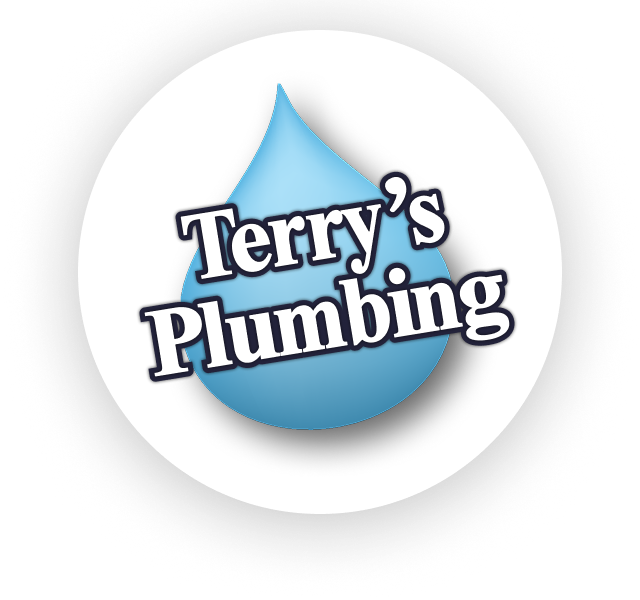Pro TIps
Types of Plungers
Plumbing clogs are a pain, and it’s hard enough to diagnose and remedy the problem without having to muddle over the right tools to use. When you think of clogged drains and piping, plunger may naturally come to mind…but which one should you use? Three common types of plungers serve specific purposes, from fixing your toilet to getting water to finally empty from the sink.
Flange Plunger
One of the most common needs for a plunger is a clogged toilet. Flange plungers are designed specifically for bathroom plumbing issues. They have straight handles, combined with a suction cup which has a narrow rubber opening (flange) to cradle the small curved opening in toilet bowls and create a tight seal. Flange plungers are generally the best all-around plungers for household use, as the unique rubber flange opening can be tucked up inside the main suction cup to convert the tool into a cup plunger when needed.
Bellows Plunger
If you’re a bit more skilled in home plumbing issues, a bellows plunger might be a more natural go-to for bathroom fixes. The “accordian” plunger has several pleats, which gives more power to the suction cup. It’s a more advanced bathroom tool, however, because of the hard plastic construction, which makes it harder to obtain strong suction and makes the plunger harder to maneuver and control. The more you know: while dislodging clogs with plungers should mostly be done in a vertical, up-and-down position, if you have to approach a clog at an angle, a bellows plunger is capable of just that.
Cup Plunger
Tubs, showers and sinks all have unique plumbing needs as well. When water won’t drain properly, a plunger can help. For these needs, turn to the classic red rubber suction cup plunger. The straight handle, red suction cup tool is a standard in most homes and can get you out of some tricky situations. Due to its shape, the cup plunger is most effective on flat surfaces, so try to avoid using one for toilet clogs. What’s interesting about the cup plunger, too, is its ability to create positive and negative pressure. Push down, and the force creates positive pressure. Pull up, and the vacuum-like suction produces negative pressure. Science!
Basic Plunger Tips
If the world of plumbing clogs is uncharted territory, a few plunger tips can ensure an effective repair. Who wants to make the problem worse? Don’t forget to:
Plunge Vertically: In most cases, aside from a few instances with a bellows plunger, applying plunger suction straight up and down is ideal. Approaching this way ensures that strong force is applied and that a tight seal is created.
Plunge Slowly: Thrusting the plunger toward the clog won’t create enough pressure. Approach slowly to reduce the amount of air taken in and create adequate suction.
Plunge Underwater: Pooled water in the sink, tub or toilet bowl works to create pressure. The plunger should be at least partially submerged to better create the necessary force to dislodge a clog. Add water if necessary.
Call on Super Terry for Your Plumbing Needs
Small plumbing issues can be easy to tackle at home if you have the right tools, so make sure your home has one or more of the different types of plungers. For bigger mishaps, call Terry’s Plumbing. Our expert advice and professional services will get your home back to maximum efficiency in no time.
